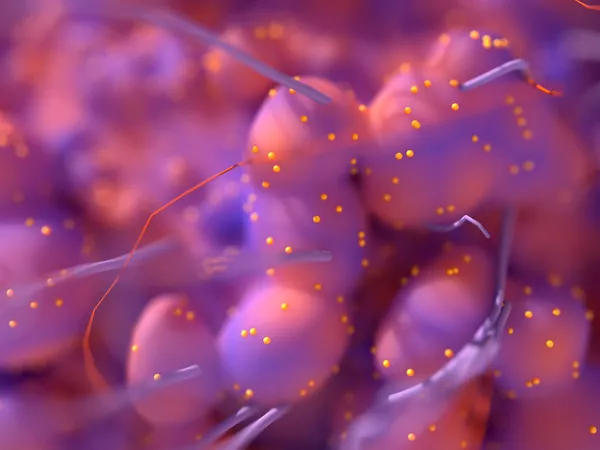EDITORIAL
Published on 08 Oct 2015
Editorial: Radioembolization in the Treatment of Liver Cancer: A Multidisciplinary Approach for Individualized Therapy
doi 10.3389/fonc.2015.00216
- 1,755 views
- 2 citations
17k
Total downloads
87k
Total views and downloads
You will be redirected to our submission process.
EDITORIAL
Published on 08 Oct 2015
ORIGINAL RESEARCH
Published on 13 Oct 2014
REVIEW
Published on 19 Aug 2014
REVIEW
Published on 30 Jul 2014
REVIEW
Published on 29 Jul 2014
REVIEW
Published on 25 Jul 2014
CLINICAL CASE STUDY
Published on 16 Jun 2014
REVIEW
Published on 16 Jun 2014
METHODS
Published on 13 Jun 2014
TECHNOLOGY REPORT
Published on 22 May 2014
REVIEW
Published on 27 Feb 2014
CLINICAL CASE STUDY
Published on 03 Feb 2014
